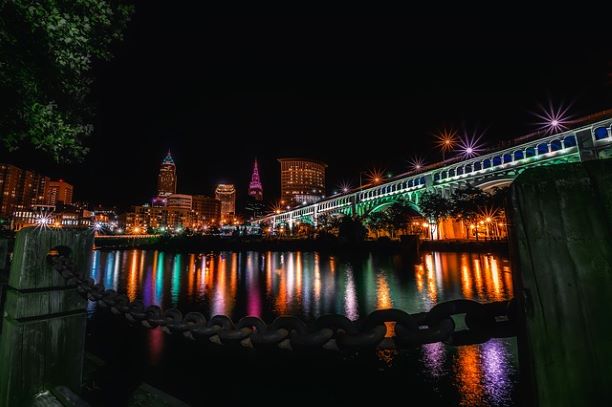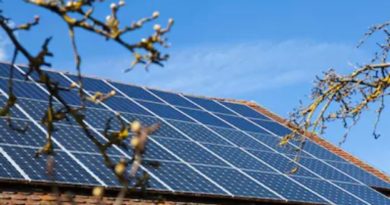Cleveland Commits To Use 100% Clean Renewable Electricity by 2050
 Cleaning Cleveland
Cleaning Cleveland
The birth place of Standard Oil incorporated, Ohio, announced that the city is joining a growing list of cities in committing to 100% renewable energy and 80% emissions cuts by the middle of the century. Cleveland is where John D. Rockefeller founded Standard Oil — the precursor of Exxon — in 1870.
Recently, California governor Jerry Brown signed the SB100 bill in the legislative assembly earlier this month, putting it on route to being completely renewable by 2045.
With its past history of being one of America’s most polluted cities, Cleveland has now joined the growing number of US cities in pledging to transition to 100% renewable power by 2050.

Cleveland city Mayor Frank Jackson unveiled the city’s plan to reduce its carbon emission to 80% below those in 2020 this week. “This plan is about much more than climate change,” Jackson said. “Implementing the actions in this plan will create a more sustainable Cleveland. By strengthening our economy, cleaning our environment, and improving the health and wellness of Clevelanders, we are building a thriving green city on a blue lake.” A statement and language that will hopefully be the blueprint for many other cities which are still hiding behind so called ‘climate sceptics’ as an excuse for inaction or miserably little effort.
In addition to touting the ability of renewables coupled with battery storage to create jobs, the plan claims, “The business case for energy efficiency and green buildings is strong. They have lower utility and maintenance costs, less risk from energy price volatility, increase property values, improve health and productivity of occupants, create local jobs, and much more.” In short, the economics of renewables is finally good enough for the politics of renewables.

Ohio is coal country. 54% of its electricity is generated by burning coal. For Cleveland to turn its back on coal is a powerful statement about how the world is changing when it comes to renewable energy. But the change will not be so easy. The city is relying on local renewable energy to get the job done. In addition to offshore wind in Lake Erie, the city has many former industrial sites that could be used for solar power plants.
At present, there is only 15 MW of installed solar power in Cuyahoga County, but the National Renewable Energy Lab in US estimates there are enough rooftops in the area to generate more than 10 times as much solar power. Nevertheless, that would only be enough electricity to meet 44% of the city’s needs. Solar power plants and offshore wind turbines would have to provide the rest. While better energy efficiency will of course be a vital part of the effort too.
Now, to be fair, as the report itself lays out, the commitment currently lacks details on exactly how the 100% goal will be achieved. But it is a welcome step which once again makes it clear that regressive policies in Washington DC are criticised by communities and companies who understand that action on climate is inevitable, and that those who get out in front of the challenge are likely to benefit the most.
Hopefully, we will see divestment of USA’s public money from fossil fuels and investing, instead, in the industries of the future which will be so critical to eventually meeting these goals.




